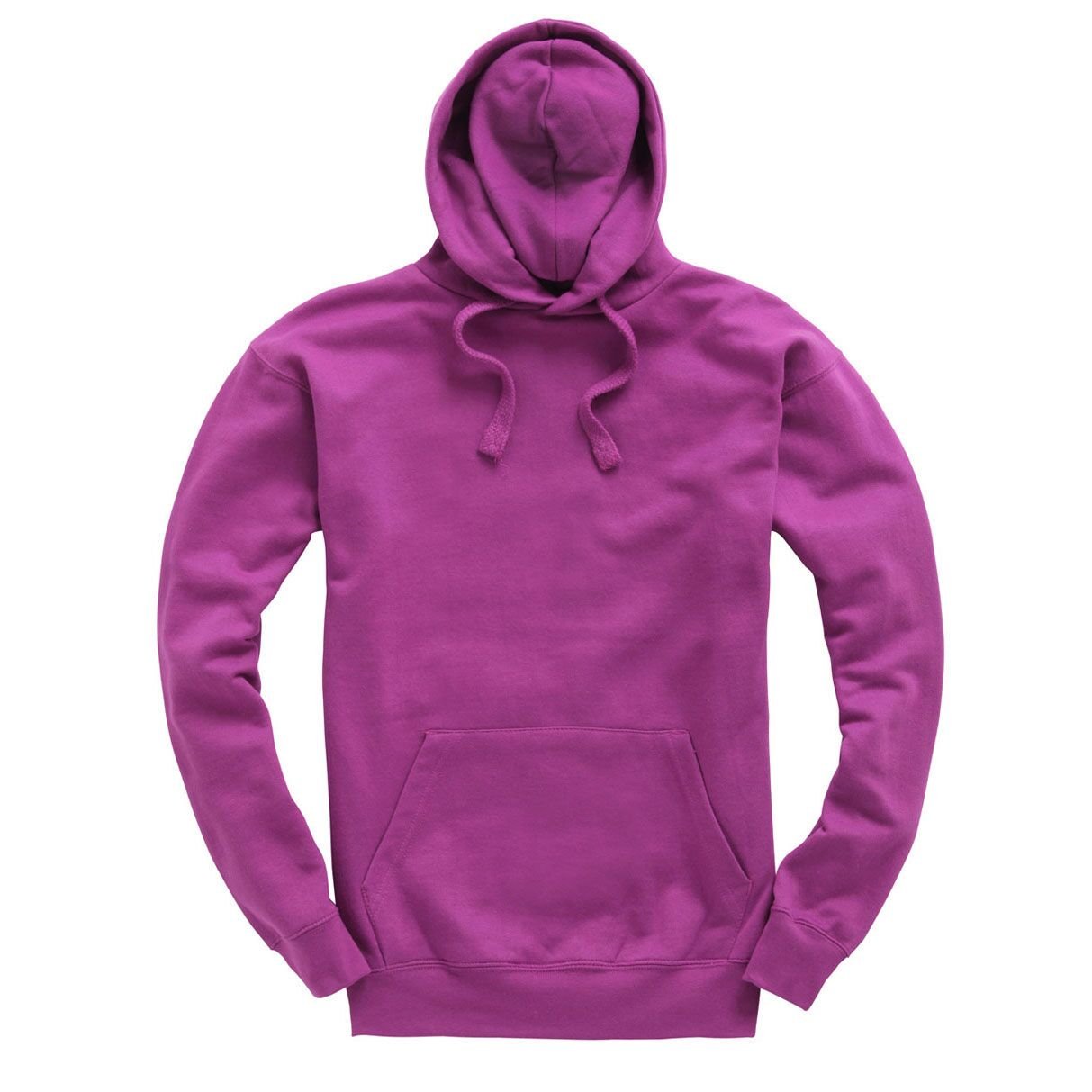How to decide on a suitable office dress code
Your business, whether you have a handful of staff in a small office, or you’re a large global entity with hundreds of staff, is likely full of individuals. You are united by virtue of the fact that you work together but there will be a host of different interests, styles and personalities all in one space.
It can be difficult to establish a dress code that represents you as a business, but also allows them to express their personalities and be themselves.
Why have a dress code in the first place?
A dress code is important to establish boundaries with your employees. You’ve hired the best people for the job but they may not have the judgement to know how to dress appropriately for your working environment. Having an office dress code lets everyone know what the standard is. Everyone has the same criteria so there’s no element of treating people differently which can create division.
How to establish a dress code in the workplace
You need to think about the people you want to have working for you and the people you want to do business with. In certain industries it is easier to define, ask yourself the following questions.
What attire is associated with my industry?
In finance you want to employ the smartest people and to do business with the biggest brands. Your dress code would therefore be formal. Suits, ties, jackets and smart shoes. A clean and tidy appearance will ensure your business is taken seriously.
If you work in food service or construction for example you may be more inclined to have branded polo shirts or embroidered workwear to set your workforce apart and make them visible to those they are serving.
Is my brand traditional or contemporary?
We’re making an assumption here, but we would guess the dress code in the head office of Barclays Bank would be very different to the dress code in Monzo’s head office. Barclays are a long established traditional trusted bank. Monzo has become popular among millennials for bucking the traditional banking model. We would hazard a guess that their head office is much more contemporary, and the office dress code more relaxed. A quick scout around their website suggests we’re correct:

T-shirts, open collared shirts and relaxed portraits are a sign that they don’t want to be associated with traditional banking and are a more contemporary business.
Are we creative or more productive?
We aren’t suggesting that you can’t be both. But if we were looking for a creative artworker and they came in a full suit looking very corporate we would probably question their creativity. Similarly if we were looking for someone to add an extension to our existing warehouse we would expect that person to be dressed very differently. Appearances do matter and the first impression can be the difference between winning business and never seeing that prospect again.
Is it time for a uniform?
Uniforms can unite a team together and create a sense of belonging. They can also improve morale as we explored in our last blog post. They can also be incredibly stifling in creative environments so a uniform should be carefully introduced.
If you have office staff or sales staff who are customer facing (even if only for short spells during the day) a uniform can be ideal for your brand perception.
How to introduce a uniform to your staff
Despite the jobs market being an extremely competitive one, you should want a happy workforce that feels like they are valued and listened to. The introduction of a uniform can cause decent among some of your staff members and you should listen to their concerns, acknowledge them, and explain why it’s important for your brand to be represented in a consistent manner.
If you’re in the process of introducing branded workwear to your place of work Logos 4 Clothes would be happy to help. Browse our range of products or contact us today.

